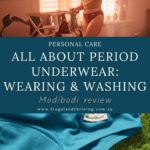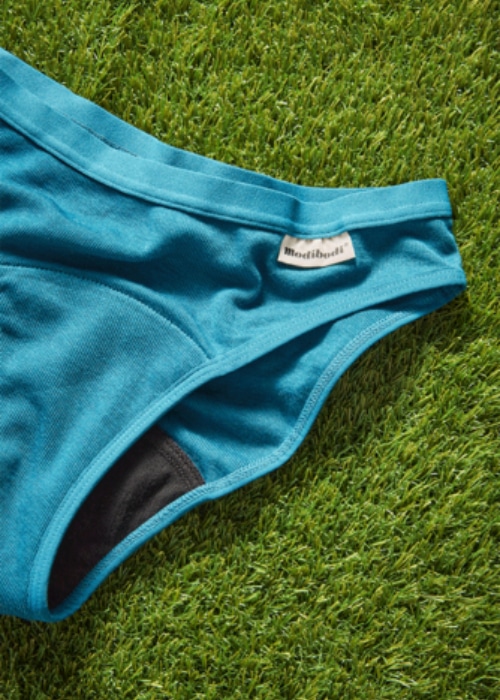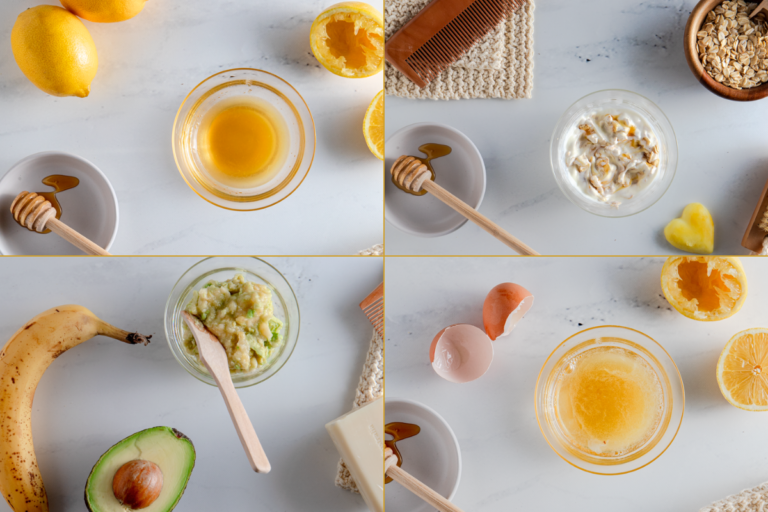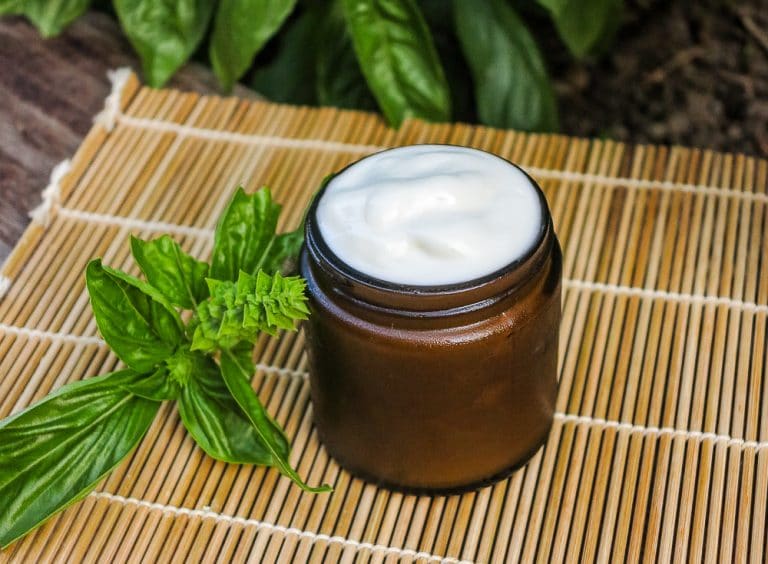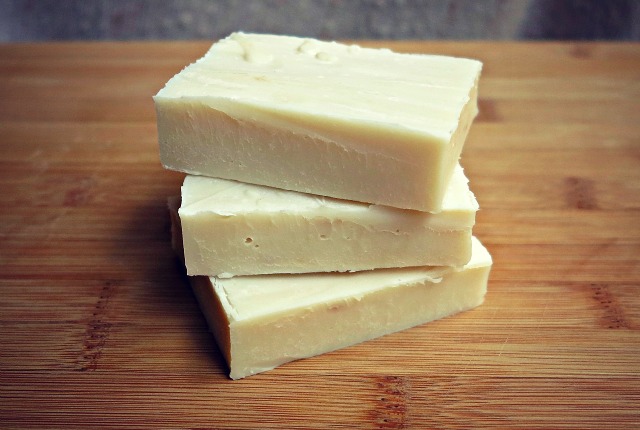Everything Period Underwear + Modibodi Review
This website may earn commissions from purchases made through links in this post.
Modibodi review. New to period underwear? Here’s everything you need to know about getting started with menstrual underwear of all brands.
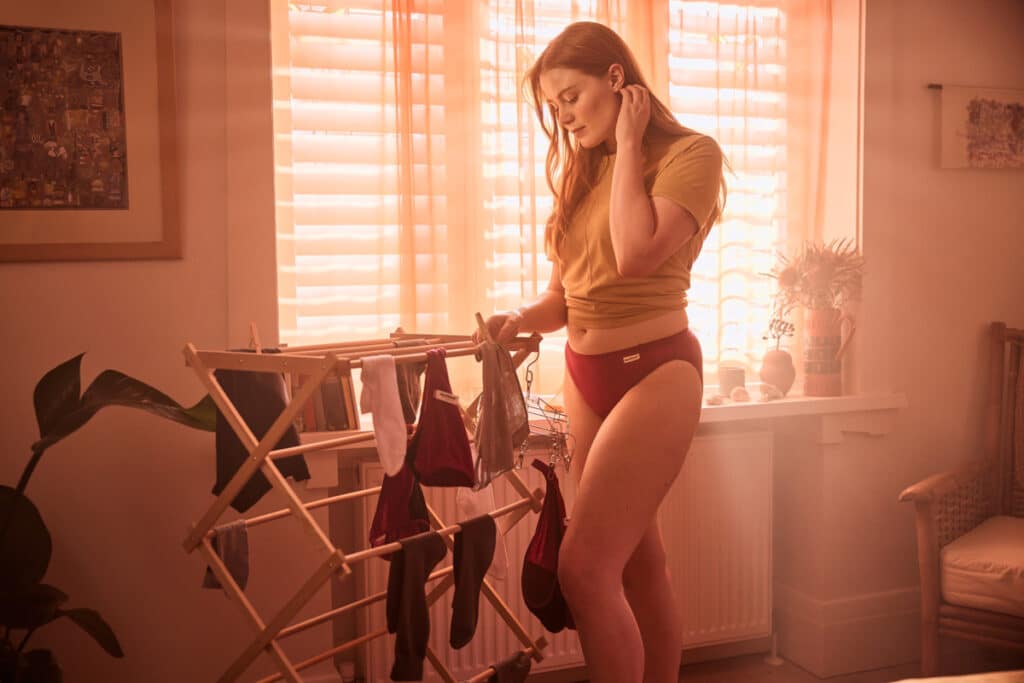
Is it possible to have a waste-free period?
Almost!
You can have a nearly waste-free period thanks to the advent of reusable period products that are light years ahead of the old rags of yesterday. They are not only better for the environment but also more comfortable, convenient, and cost-effective over the long run.
This article is about period underwear – specifically Modibodi because that’s the brand I use and am most familiar with, but it’s similar for all brands.
I’ve been buying and using Modibodi for years, so when they contacted me to partner with them, it was an easy yes.
Note: This post has not been sponsored, and all products I purchased myself long before becoming an affiliate. Links to Modibodi are affiliate links, which means if you decide to purchase by clicking the link, I make a commission.
First Up, Who is Modibodi?
Modibodi started as an Australian company about ten years ago. While it has been recently acquired by a Swedish company, the head office is still in Sydney, with Australian employees.
It also aims to be a carbon-negative company by the end of 2023, along with other social and environmental aims and policies, like using sustainable fibres in manufacturing.
Modibodi sells an extensive range of period underwear for women and teens, as well as incontinence underwear, activewear, swimwear, nappies, maternity wear and more.
We’ve tried the Modibodi brand and the Bonds brand of period knickers. Both are good, but I prefer the Modibodi due to the wide selection, quality, longevity, comfort, and reliability. As the pairs I purchased (even with the lace) have lasted years, they have been a cost-effective choice for me.
What is Period Underwear and How Does it Work?
Period undies are like regular underwear but with thin added layers in the gusset to absorb and wick away menstrual flow. The key thing about modern period undies is they are washable and reusable, but modern tech means they’re nothing like the old-fashioned rags of ye-olde yesteryear.
Most undies have three layers – a top moisture-wicking layer, an absorbent, often odour-neutralising middle layer, and a leak-resistant bottom layer. These layers make them slightly bulkier than regular undies but much less bulky than pads.
Period underwear comes in various styles, sizes, and absorbancies, including g-strings, bikini style, and full briefs and in light to heavy absorbency.
In the Modibodi range, the super light can handle approximately one tampon of fluid, the light-to-moderate absorbency 10 ml (two tampons), the moderate-to-heavy 15 ml (2-3 tampons), the heavy/overnight 20ml (3-4 tampons), and the maxi 50ml (10 tampons).
Benefits of Using Period Underwear
If you get a regular period, the costs of menstrual products can add up. Imagine not having to buy disposable products ever again. Not only does this save you money, but it also reduces your environmental impact.
Moreover, period underwear is easier to use and more comfortable than its disposable counterparts. No more bulky pads, wince-inducing wings getting stuck to hair (I know you know what I mean), and no more having to carry a bunch of products in your bag.
To summarise, the benefits include:
- Long-term money savings
- Less waste, better for the environment
- Easy to use – as easy as putting on knickers
- More comfortable than disposables
- They are great for tweens and teens
Are There Downsides to Using Period Underwear?
There are pros and cons to everything in life – below are some of the downsides to using period underwear, as well as some workarounds.
To summarise, the downsides include:
- The upfront expense is a lot
- Washing is less convenient than disposing
- The possibility of not having period products on hand
- They are hands-on – you have to rinse them out, which can gross some people out
While they save you money in the long run, period underwear is expensive upfront. At around $20 to $30 per pair, depending on the brand and style of underwear you prefer, a week’s worth can set you back nearly $200.
To mitigate the upfront cost and try the underwear to see if you like them, buying just one pair is a good idea. Test first! We all come in different shapes and sizes and have different preferences.
Once you know if you like them, transitioning over time (buying one pair a month, say) will make switching easier on the hip pocket now and into the future.
Washing is less convenient than disposing, but only marginally so. I’ll share more washing information below, but in a nutshell, you only have to rinse in cold water and then wash with your regular wash, so not too onerous.
What about if you’re at work or away from home when your period starts?
If you’re regular, you can plan and wear period undies a few days beforehand, so you don’t need to worry.
Alternatively, your period kit can incorporate period underwear.
Having said that, you don’t have to be all or nothing. It can be convenient to carry some disposable products for just these situations.
Using Period Underwear
Period underwear can be used alone instead of pads or as a backup when using a tampon or cup.
For best results, wear the correct absorbency for your flow – lighter absorbency on lighter days and heavier absorbency on heavier days or overnight.
How often do you change period underwear?
Generally, period underwear should be changed every four to six hours.
However, depending on your flow, the absorbency of the underwear, and whether you’re using them as a backup to a tampon or cup, you may be able to wear them for longer or even all day. Overnight briefs, for instance, are designed to be worn all night.
Because they are designed to wick away moisture, Modibodi suggests that feeling any wetness is a good indication that it’s time to change into a fresh pair.
You may need to experiment to find what’s suitable for your situation. If you have to do this at work, school or away from home, having a period kit (keeping a spare pair in a wet bag or zip-lock bag) means you can rinse and wash them once you get home.
If you’re regular or know the signs that your period is about to start, it’s a good idea to wear a pair of period underwear in anticipation so you’re not caught out.
How to Wash and Care For Your Period Underwear
Before using, it’s important to wash your new underwear to ensure it is fully absorbent. Wash in the washing machine, preferably in cold water.
I always use a mesh delicates bag, so the underwear lasts as long as possible.
Rinse in cold water after use until the water runs clear. At this point, I hang them discretely in the laundry until washing day.
Wash with your regular wash, preferably with cold water and on a gentle cycle. Then hang dry in the sun, if possible. It’s important not to soak the underwear as it can break down the absorbancy layer.
Quick tips:
- Don’t use fabric softener
- Use a mesh delicates bag
- Don’t tumble dry; hang dry
- Rinse in cold water, don’t soak
These undies take longer to dry than regular underwear (except in sunny summer conditions), so you may need to factor that in when deciding how many pairs you will need.
Period Undies for Tweens and Teens
I wish we had these period undies when I was a kid.
Our family has a long history (literally generations) of hitting puberty early. And it’s hard when you’re young. Speaking from experience, mucking around with bulky pads and trying to change them at primary school (where they often don’t have bins) was a nightmare.
Period undies are soooo much easier and more comfortable.
So these undies went into my daughter’s school period kit in a small pencil case, along with a zip-lock bag for used knickers (to be rinsed at the end of the day) and a small pack of personal wipes, just in case they are needed.
For light days and when wearing the right absorbency, this underwear can last all day, making periods at school so much easier.
What I’ve found really useful for first-time tween and teen users is to colour code your underwear. Modibodi offer a range of colours and patterns – we have one colour for nighttime, one colour for daytime, and another colour for lighter days. It helps eliminate decision fatigue when the process is all new and a bit daunting.
How to Save Money on Period Underwear
Because they can be pricey, it’s a good idea to keep an eye out for sales, and if you decide you like them and want to use them all the time, stock up when the price is reduced and buy a bulk set to get a discount.
To maximise your savings when ordering online, use a cashback site like Cashrewards. They give you a percentage rebate on your order. The rebate takes time to be approved, but it’s a great way to knock extra off online purchases.
If you’re a student, Modibodi offers a student discount through Student Bean.
Frequently Asked Questions
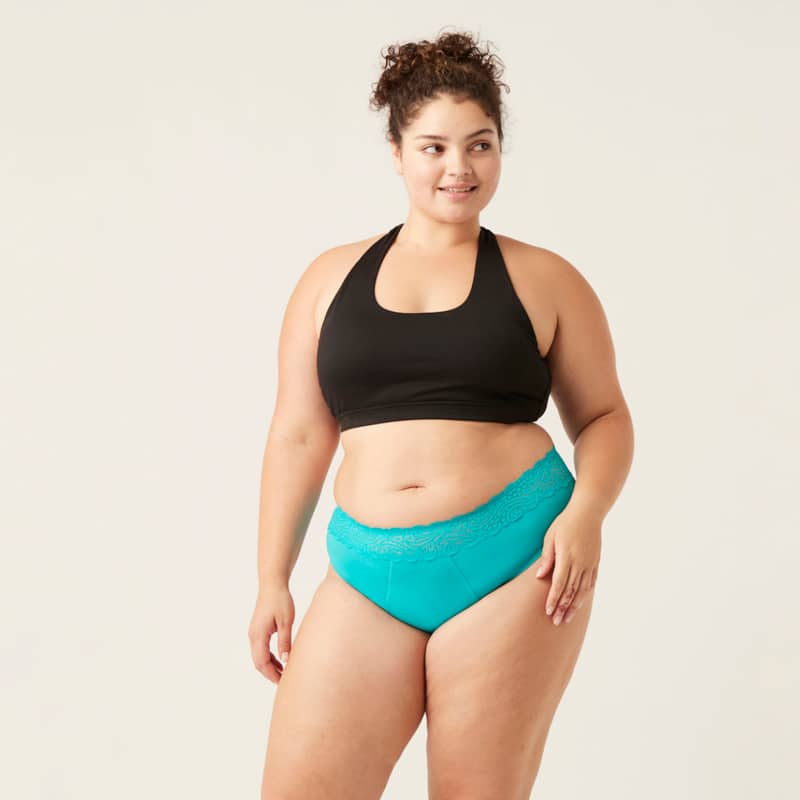
Below are some of the questions I had when I first started using period undies, and some other ladies have asked me over the years.
How many pairs to get?
If you’re starting out, it’s best to get one or two pairs to see if you like them and will use them. Because it’s a significant investment, you don’t want to waste money on something you won’t use.
If you use period underwear as a backup for tampons or a cup, you can usually wear them all day and will need fewer pairs of underwear.
If you’re going full-time with period underwear, you will need at least one pair each day and another for each night. Depending on how often you wash, you may need five to seven pairs in varying absorbencies to last a full cycle.
How long do they last?
Modibodi guarantees quality and fabric for up to six months, and their advertising states they last 100+ washes.
Generally, if you wash them according to the instructions, they last as long as regular underwear – up to two years or more.
Personally, my Modibodi briefs have lasted years – I’m still using the ones I bought initially around five years ago. So for me, I’ve well and truly got my money’s worth.
I have several pairs of Modibodi pants, so each gets worn about twice a month and washed in cold water in the washing machine in a delicates bag.
Do they smell?
I’ve never had any problem with smell. The Modibodi website says if you rinse them, wash them and only store them once completely dry, they shouldn’t smell.
However, if they do, you can soak them (for no longer than 20 minutes and only in enough water to cover) in a solution of 1 part vinegar to 3 parts water. Hang them in the sun to dry, and this should remove any odour.
Where can you buy them?
You can buy them online from the Modibodi website and some selected ranges in Big W.
Are there other brands?
Yes, there are several other options, but the only other one we’ve tried is the Bonds brand. We’ve found the Bonds underwear to perform well too, and Choice magazine found Bonds to come a close second to Modibodi.
Period underwear when travelling
Period underwear works great when travelling to places where period products are hard to find, if you’re camping and have nowhere to dispose of disposables, and on long-haul plan travel.
If you’re staying in one place for a couple of days where you can wash and dry the underwear, it’s super convenient to use period undies – I’ve used them when travelling to a cabin stay or interstate to family.
Rinsing, washing, and drying period undies can be tricky if you’re moving around a lot and don’t have washing facilities. You can get around this by washing them with soap in the sink or shower; you also need somewhere they can hang dry until completely dry.
It’s been years since I’ve bought disposable period products. Between the comfort, convenience, and cost savings, period underwear and/or a cup can be an excellent investment.

